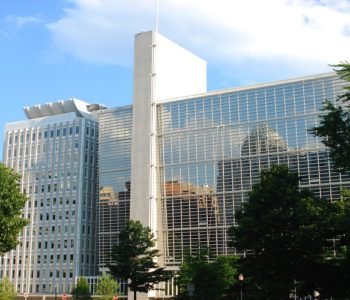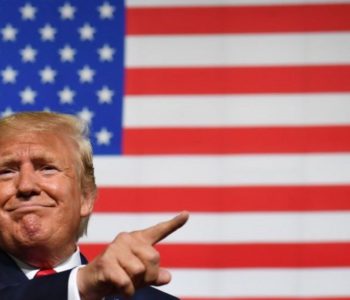Saudi Arabia’s petro-dollar exit: A global finance paradigm shift
The crucial decision to not renew the contract enables Saudi Arabia to sell oil and other goods in multiple currencies, including the Chinese RMB, Euros, Yen, and Yuan, instead of exclusively in US dollars. Additionally, the potential use of digital currencies like Bitcoin may also be considered
KATHMANDU: Significant financial upheaval is potentially ahead of the financial world as Saudi Arabia has decided not to renew its 80-year petro-dollar deal with the United States. The deal, which expired on Sunday 9 June, was a cornerstone of the United States global economic dominance.
Originally signed on 8 June 1974, the deal established two joint commissions, one based on economic cooperation and the other on Saudi Arabia’s military needs. At the time, it was said that it heralded an era of close cooperation between the two countries, says Katja Hamilton of BizCommunity.
American officials at the time expressed optimism that the deal would motivate Saudi Arabia to ramp up its oil production. They also envisioned it as a blueprint for fostering economic collaboration between Washington and other Arab countries.
The crucial decision to not renew the contract enables Saudi Arabia to sell oil and other goods in multiple currencies, including the Chinese RMB, Euros, Yen, and Yuan, instead of exclusively in US dollars. Additionally, the potential use of digital currencies like Bitcoin may also be considered.
This latest development signifies a major shift away from the petrodollar system established in 1972, when the US decoupled its currency from gold, and is anticipated to hasten the global shift away from the US dollar.
Cross-border CBDC transactions
In a more recent move, Saudi Arabia has announced its involvement in Project mBridge, a project which explores a multi-central bank digital currency (CBDC) platform shared among participating central banks and commercial banks. It is built on distributed ledger technology (DLT) to enable instant cross-border payments settlements, and foreign-exchange transactions.
The project has more than 26 observing members including the South African Reserve Bank, which was greenlighted as a member this month.
The better known observing members of mBridge are those of the Bank of Israel, Bank of Namibia, Bank of France, Central Bank of Bahrain, Central Bank of Egypt, Central Bank of Jordan, European Central Bank, the International Monetary Fund, the Federal Reserve Bank of New York, the Reserve Bank of Australia, and the World Bank.
In tandem, the project steering committee has created a bespoke governance and legal framework, including a rulebook, tailored to match the platform’s unique decentralised nature.
Evolution of Project mBridge
Project mBridge is the result of extensive collaboration starting in 2021 between the BIS Innovation Hub, the Bank of Thailand, the Central Bank of the United Arab Emirates, the Digital Currency Institute of the People’s Bank of China and the Hong Kong Monetary Authority.
In 2022, a pilot with real-value transactions was conducted. Since then, the mBridge project team has been exploring whether the prototype platform could evolve to become a Minimum Viable Product (MVP) – a stage now reached.
As it enters the MVP stage, Project mBridge is now inviting private-sector firms to propose new solutions and use cases that could help develop the platform and showcase all its potential. BusinessStandard













Facebook Comment